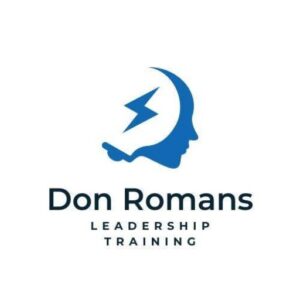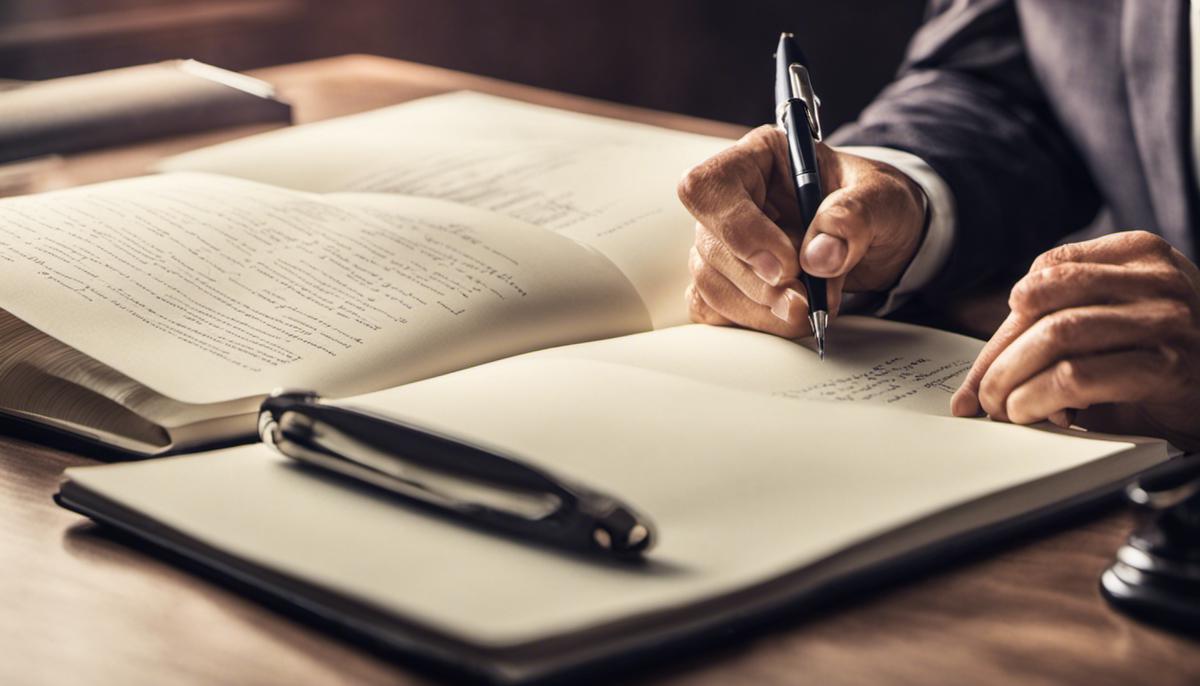In the competitive world of job hunting, securing an interview and impressing your potential employer during the session is only half the battle won. A crucial, yet often overlooked, aspect that further increases your chances of landing the job is a well-executed follow-up after the interview. This strategy not only confirms your interest in the position but also bolsters the positive impression you made during the interview. The essence of a professional follow-up, its various techniques and right etiquette forms the nucleus of this article. Understanding this concept helps keep you fresh in the employer’s mind and could transform your job seeking venture to your dream role.
Understanding the Importance of Follow-ups
Understanding the Follow-Up Process
After attending an interview, a critical step many candidates overlook is the follow-up. The importance of this process hinges on several factors. Sending a follow-up note essentially serves as a reminder to the interviewer about your interest in the role being offered. By doing this, you demonstrate proactivity and people skills—traits that potential employers appreciate.
Affirming Your Interest
Sending a follow-up after an interview is one way to confirm your interest in the field, company, or specific position. It makes a powerful statement that you are eager and ready to take the job. Often, employers consider such enthusiasm when making their decision, choosing those who show genuine interest and initiative over individuals who appear indifferent.
Reinforcing the Interview Impression
A follow-up also provides an opportunity to reinforce the impression you made during the interview. This serves as a reminder of your qualifications, skills and personality traits. It enables you to underline crucial aspects that may have been lightly touched on or overlooked during the interview process.
Staying on the Employer’s Mind
A follow-up helps you remain fresh in the employer’s memory. This is particularly important since employers interview several candidates and may find it challenging to distinguish among them. A timely, well-crafted follow-up can tilt the odds in your favor and provide a deciding factor that separates you from the crowd.
In essence, understanding the importance and impact of following up after an interview is crucial. It can make a significant difference in your job application process. Showing your desire and motivation for the job gives employers the confidence that you are serious about the role and that you are ready to contribute to the company’s success.

Writing a Professional Follow-up Email or Letter
Timing of Follow-up
The first aspect to consider when sending a follow-up email or letter is timing. It is recommended to send your correspondence 24 to 48 hours following the interview. This will keep you fresh in the interviewer’s mind, without seeming overly anxious or pushy. Waiting too long may signal disinterest or lack of organization.
Starting Your Follow-up
When starting your follow-up communication, always remember to address the recipient professionally. Use their correct name and title. If you are unsure, do a little research or refer back to any emails or documents you may have received prior to the interview. If you’re writing an email, your subject line should be clear and straightforward, such as “Following Up on [Job Title] Interview”.
Thanking the Interviewer
The first paragraph should express your gratitude for the opportunity of the interview. Use this section to reinforce your interest in the job and the company. You should also specify the date and time of the interview for the recipient’s reference. This not only demonstrates good manners, but it also signals your genuine interest and enthusiasm for the role you’ve applied for.
Reiterate Your Qualifications
In the next section, recall some of the important points you discussed with the interviewer about the job role. This is the time to reiterate your skills, qualifications, and experiences that make you the perfect fit for the job. Remind the potential employer why you are valuable and how you could contribute to the company if given the opportunity. However, it’s important to remain concise and to the point.
Address Any Concerns
If during the interview, the interviewer raised any concerns about your qualifications, this follow-up communication is the right platform to address them. Explain in a confident and professional way how you plan on overcoming these issues or how past experience has equipped you to handle their concerns. A proactive approach is always a good idea.
Closing
As you come to the conclusion of your letter, express your eagerness for the next steps and indicate your availability. An invitation for further talks or interviews will sound positive and proactive. The concluding statement should again thank the recipient for the interview.
Proofread & Professionalism
Finally, ensure your follow-up email or letter is proofread meticulously. Grammatical errors and typos can raise doubts about your attention to detail and professionalism. The letter should be formatted professionally, too. If the letter is in an email form, include an email signature with your full name, phone number, and professional email address.
In conclusion
a professional and polite follow-up email or letter can serve to reinforce your enthusiasm and qualifications for the role and provide an opportunity to address any potential concerns the interviewer may have raised. Remember to be timely but patient, as hiring decisions often take longer than expected.

Follow-up Etiquette and Best Practices
Timing and Frequency of Follow-Up
After a job interview, the way you handle the follow-up process can heavily influence the hiring decision. It’s recommended to send a thank you note or email within 24 hours following the interview, showing your appreciation for the opportunity. If you haven’t heard anything after a week, it’s acceptable to follow up again. To balance remaining eager with appearing pushy, limit follow-ups to a maximum of every two weeks.
Methods of Follow-Up
There are different methods of follow-up, each with its pros and cons. Today, the most common is via email, due to its efficiency and convenience. It allows the recipient to respond at their discretion, avoiding putting them on the spot. Phone calls can also be effective but are more intrusive. Both methods work, but be considerate of the employer’s time and preferences. If they provided a specific method of contact or instructions for follow-up during the interview process, respect it.
Crafting Your Message
What you say in your follow-up is just as important as when. Remember to always remain polite and professional. Start by thanking them for their time and the opportunity to interview. Next, emphasize your interest in the position and any key points you discussed during the interview that demonstrate why you’re a strong candidate. If you’re following up due to not hearing back, kindly inquire about the status of your application.
Handle Various Responses
Bear in mind that the hiring process can take several weeks or even months, based on the organization’s size, the vacancy’s level, or the number of applicants. If they tell you they’re still reviewing, thank them for the update and ask when you should check back. If they give you a timeframe for decision-making, respect it and do not follow up before that deadline. If they inform you that you weren’t chosen, express gratitude for the opportunity and request feedback to help improve for future interviews.
Avoid Unfavorable Tactics
Your aim is to stay fresh in the employer’s mind without resorting to irritating or desperate tactics. This means avoiding excessive frequency in your communication and refraining from dropping by unannounced. It’s also important to maintain your professional tone—even when faced with silence or rejection. Your poise and patience during the follow-up process echo your potential behavior as a future employee.
Understanding and Appropriately Executing Follow-Up Etiquette
Understanding and appropriately executing follow-up etiquette and best practices can help you maintain professional boundaries and avoid jeopardizing your chances due to excessive or inappropriate follow-ups.

Mastering the art of follow-up post an interview is not only about professional courtesy but indeed a significant aspect of the job search process. Decoding the myriad layers of an effective follow-up – from writing a professional note to understanding the best practices of timing and frequency, shapes a pivotal part of your overall job hunt strategy. Equipped with these insights, you could navigate your job search or application process with an added level of expertise and composure, casting a long-lasting impression no employer could ignore. Carving out your space in the job market is as much about perseverance as it is about skills; hence, a well-planned follow-up could be your game-changer, helping you march closer to your professional goals.

